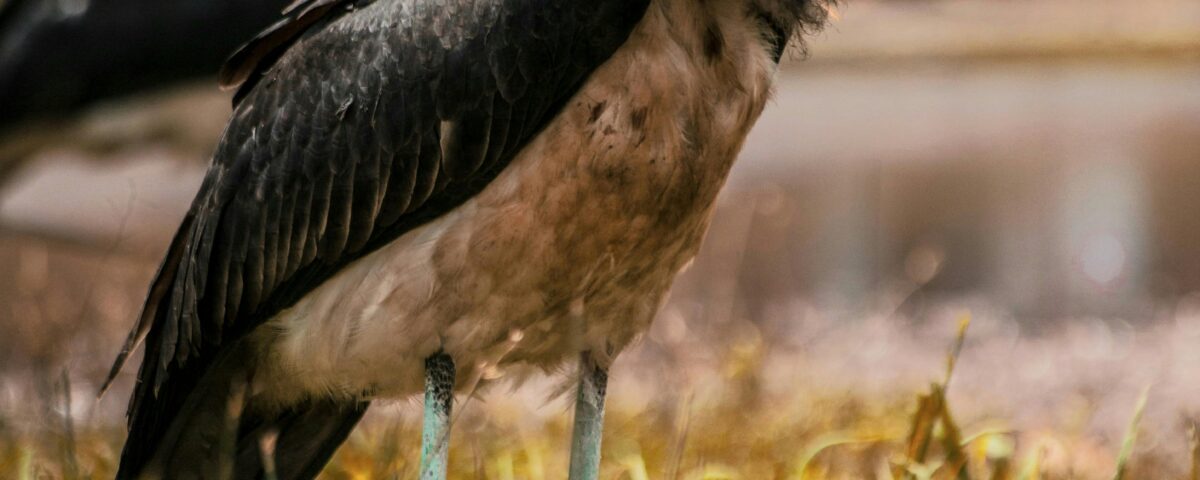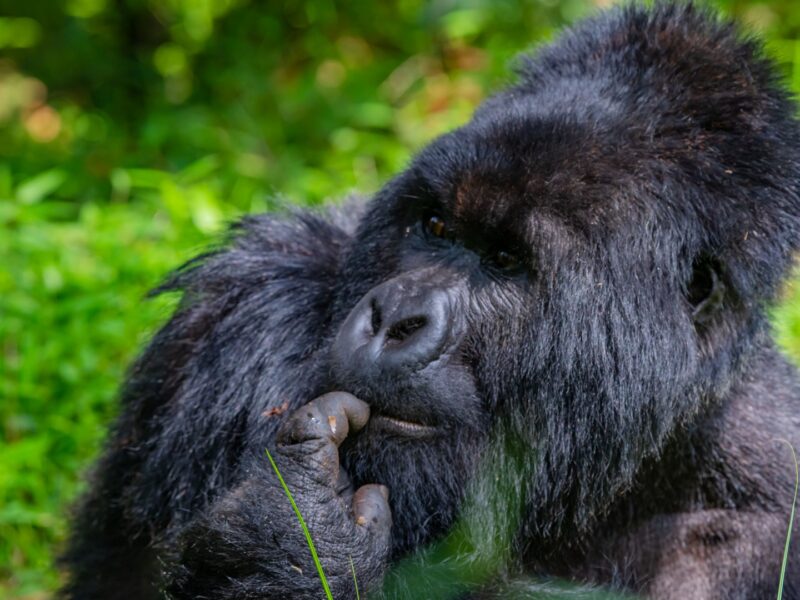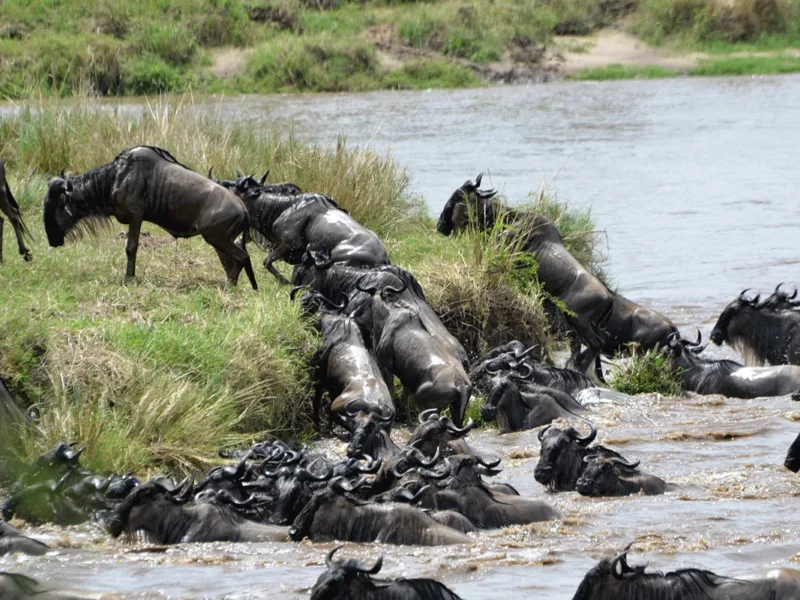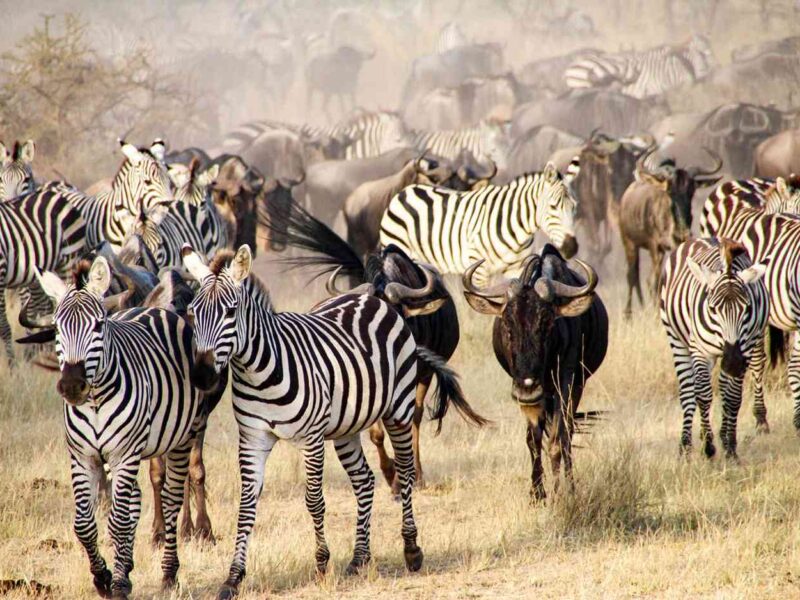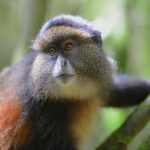
Why Golden Monkey Trekking Complements Gorilla Trekking
September 23, 2025Facts About the Grey Crowned Crane
September 23, 2025The Marabou Stork in Uganda
Why the Kaloli is an Icon of the Pearl of Africa
Uganda’s Safari Landscape and the Role of the Marabou Stork
Uganda stands proudly as the Pearl of Africa, offering world-class safari experiences that include Uganda Gorilla Trekking, chimpanzee tracking, birding tours, cultural interactions, and big game adventures.
Most travellers planning safaris often ask When to Go for a Uganda Gorilla Safari? or Where to Stay on a Kenya Birding Safari?
But few realize that Uganda’s cities host another fascinating spectacle. The Marabou Stork, locally known as “Kaloli,” has become a permanent figure in urban life.
Towering with its massive bill, bald head, and iconic air sac, the Marabou Stork may not fit the image of a glamorous safari bird, yet it remains one of the most symbolic species in Uganda.
As travellers seek authentic safari moments, understanding the role of the Marabou Stork enriches their experience.
Ngeye Tours and Travel emphasizes that Uganda’s wildlife extends beyond national parks, making this bird a true emblem of adaptation, survival, and ecological importance.
The Marabou Stork in Uganda: Identity and Appearance
Known scientifically as Leptoptilos crumenifer, the Marabou Stork ranks among Africa’s largest wading birds.
In Uganda, it is popularly called “Kaloli,” a name that resonates in towns and villages.
Standing tall at nearly five feet, it is instantly recognizable by its heavy bill, pink throat sac, and white feathered ruff that looks almost like a collar.
Unlike the colourful Saddle Billed Stork, the Marabou carries a darker elegance with black wings and a bare, bald head.
Visitors who embark on Uganda Gorilla Safaris often ask, What to Pack for a Kenya Safari? or When to Go for a Uganda Gorilla Safari?
These questions highlight preparation for wilderness travel, yet the Marabou Stork demonstrates that Uganda’s wildlife can also be seen in cities like Kampala without entering the forest.
For birdwatchers, the Kaloli offers an urban safari moment, proving that Uganda is a land where nature meets human life every day.
Habitat and Adaptation of the Marabou Stork
The Marabou Stork thrives in diverse habitats ranging from wetlands to dry savannahs.
However, in Uganda, its greatest adaptation has been its presence in urban environments.
Towns such as Kampala, Jinja, and Entebbe offer plentiful food sources through waste disposal sites, landfills, and market leftovers.
Unlike other storks that depend entirely on riverine systems or marshlands, the Marabou has found a niche in human-altered landscapes.
Tourists who enjoy Uganda Gorilla Trekking often marvel at seeing wild birds perched atop city buildings.
This ability to blend into towns has made the Kaloli both loved and disliked, but its role as a scavenger remains undeniable.
By feeding on discarded meat, fish, and rodents, the bird helps control waste and reduces the spread of disease.
This coexistence with humans makes the Marabou one of Uganda’s most unique wildlife ambassadors beyond traditional safari parks.
Behaviour and Feeding Patterns of the Kaloli
The Marabou Stork is highly social, living in colonies and roosting in large numbers.
In towns, flocks gather near landfills, slaughterhouses, and open markets.
Their scavenging habits include feeding on carrion, leftover fish, and scraps from waste piles.
In wild areas, they also feed on fish, amphibians, and small mammals, often foraging along riverbanks and floodplains.
Travelers on Uganda Gorilla Safaris often ask, Where to Stay on a Kenya Birding Safari? or What to Pack for a Kenya Safari?
Yet they soon discover that in Uganda, even an evening stroll through Kampala may bring them face-to-face with hundreds of Marabou Storks.
The Kaloli plays an ecological role similar to vultures, removing carcasses and waste that might otherwise pollute the environment.
Their gregarious nature, coupled with their commanding size, makes them a spectacle for photographers and urban explorers alike.
Their role extends far beyond survival, marking them as guardians of city cleanliness.
Why the Kaloli is a Symbol of Uganda
The Marabou Stork, or Kaloli, has evolved into more than just a bird. Its constant presence in Uganda’s capital Kampala and other major towns has made it an unofficial national symbol.
For many Ugandans, it represents resilience and adaptation in changing environments.
While most countries showcase brightly coloured birds as their emblems, Uganda’s urban life has adopted the Marabou, recognizing its ecological importance.
Tourists who come for Uganda Gorilla Trekking often seek the mountain gorillas of Bwindi Impenetrable Forest or Mgahinga, yet they return home equally fascinated by the Kaloli soaring above city skylines.
When asked, When to Go for a Uganda Gorilla Safari?, the dry season is often recommended, but in Kampala, the Kaloli can be seen year-round.
Their association with waste management has made them indispensable in cities, and their presence reflects Uganda’s commitment to coexisting with all creatures, even those considered less glamorous.
Safari Opportunities and Birdwatching with the Marabou Stork
For travellers seeking birding safaris, Uganda provides opportunities beyond the national parks.
The Marabou Stork is visible during urban tours as well as classic birdwatching excursions in Murchison Falls National Park, Queen Elizabeth National Park , and Lake Victoria’s shores.
Combining birding tours with Uganda Gorilla Safaris allows travellers to see both the magnificent gorilla and the iconic Marabou in one journey.
Safari lodges located near wetlands, like those in Queen Elizabeth and Murchison Falls, provide birdwatchers with opportunities to view Marabous in natural settings while enjoying luxury accommodations.
Travelers often ask, Where to Stay on a Kenya Birding Safari? but Uganda also offers exceptional birding lodges where cultural experiences complement wildlife encounters.
Around these lodges, visitors can participate in local dances, fishing village tours, and craft markets.
This integration of wildlife, culture, and community makes the Marabou Stork an important part of Uganda’s overall tourism narrative.
Cultural Experiences Around Kaloli Habitats
Uganda’s safari lodges near wetlands and riverine habitats provide not only wildlife encounters but also cultural experiences that bring travellers closer to local communities.
Around Kampala and Lake Victoria, guests can visit fishing villages where residents share stories about living alongside the Marabou Stork.
In northern Uganda near Murchison Falls, cultural tours include music, dance, and craft-making traditions that enrich the safari journey.
Travelers who embark on Uganda Gorilla Trekking often ask, What to Pack for a Kenya Safari? or When to Go for a Uganda Gorilla Safari?
But they should also prepare for meaningful cultural encounters.
The Kaloli serves as a bridge between the natural and human environment, making it a fascinating focal point for cultural storytelling.
Ngeye Tours and Travel ensures that visitors not only witness the bird in its habitats but also understand its cultural symbolism and ecological importance across Uganda.
Why the Marabou Stork Matters for Uganda Tourism
The Marabou Stork strengthens Uganda’s tourism identity by representing wildlife that exists beyond protected parks.
It demonstrates resilience and coexistence with humans, symbolizing the adaptability of Uganda’s ecosystems.
Just as Uganda Gorilla Safaris highlight primate conservation, the Kaloli tells a story of urban wildlife management and ecological balance.
Including the Marabou in tourism promotion diversifies Uganda’s safari offerings, giving travellers more reasons to explore the country.
Visitors who ask, When to Go for a Uganda Gorilla Safari? or Where to Stay on a Kenya Birding Safari? soon realize Uganda offers both wilderness and urban encounters.
By showcasing the Marabou alongside gorillas, shoebills, and other iconic species, Uganda positions itself as Africa’s most diverse safari destination.
Ngeye Tours and Travel proudly includes Kaloli experiences in its itineraries, strengthening its reputation as a trusted leader in East African tourism and conservation.


